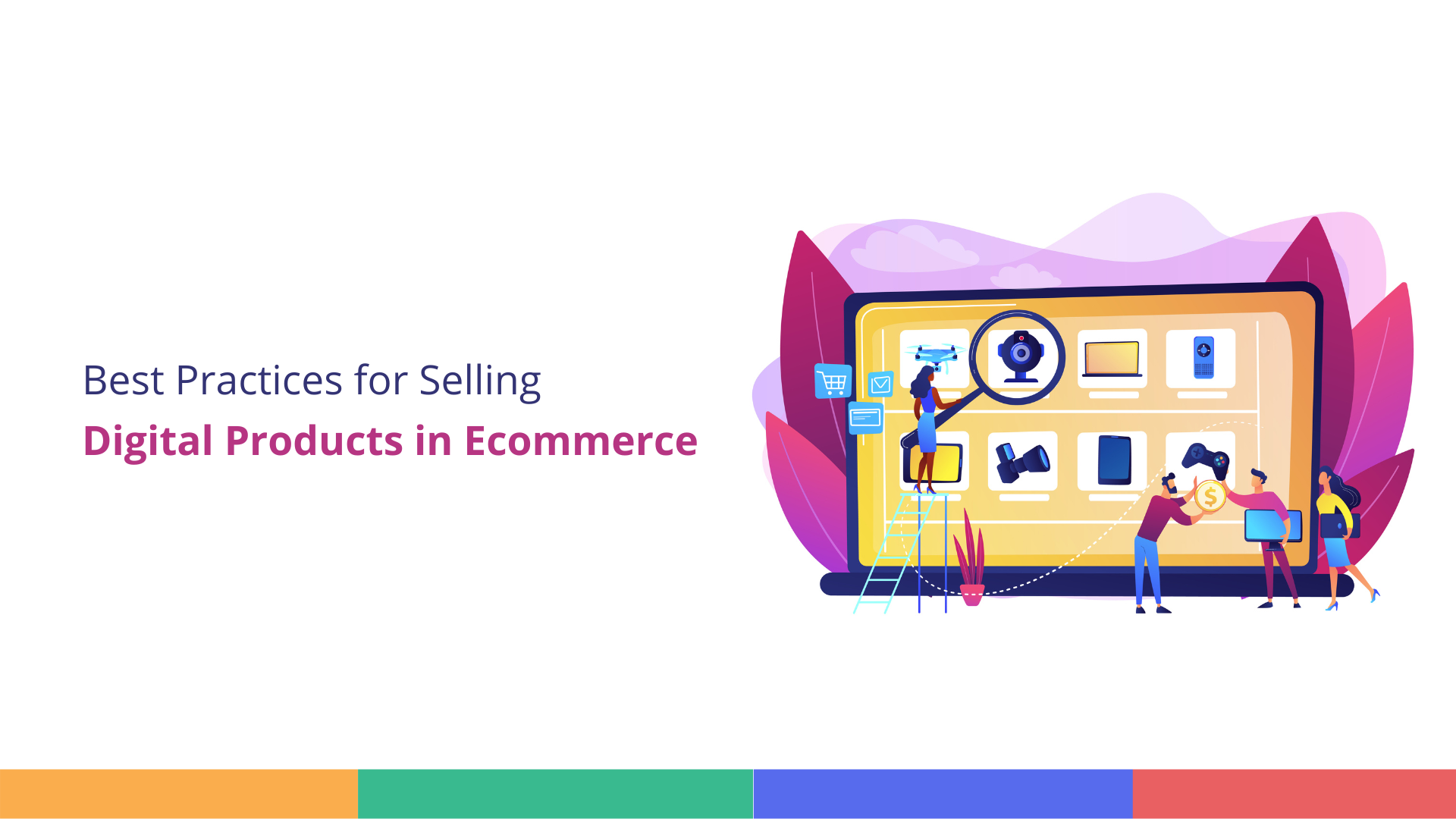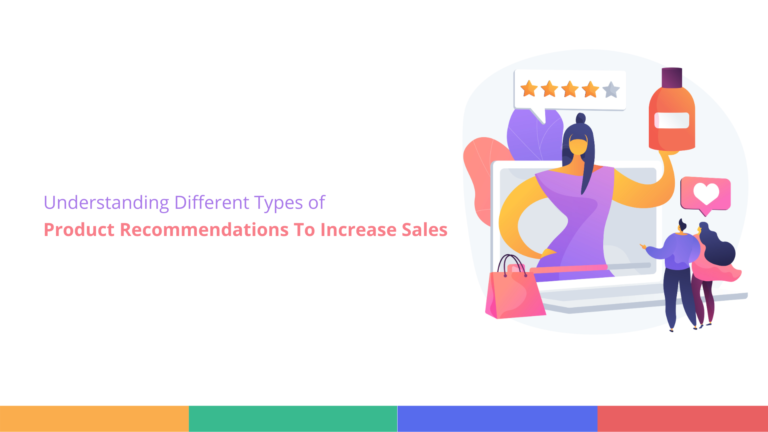Selling digital products in the e-commerce space is a booming trend. With minimal overhead costs, the ability to scale rapidly, and global reach, digital products are an attractive option for entrepreneurs. However, to maximize success, it’s crucial to follow best practices tailored to the unique nature of digital goods.
Here’s a comprehensive guide on how to effectively selling digital products online
1. Choose the Right Digital Product
Choosing the right digital product is crucial to your success. Identify a niche that aligns with your expertise and passion to ensure smooth creation and marketing. Example: If you’re a fitness enthusiast, consider creating workout plans, nutrition guides, or instructional videos.
Use tools like Google Trends, keyword research, and competitor analysis to gauge the demand for your digital product. Ensure there is a market for what you intend to sell.
2. Create High-Quality Products
Your digital product should provide real value to your customers. It should solve a problem, fulfill a need, or enhance the buyer’s life in some meaningful way.
Example: A productivity app that helps users manage their time more efficiently by integrating their existing tools and providing analytics.
High production quality is non-negotiable. Whether it’s a well-written eBook, professionally designed software, or high-definition video content, quality will set you apart from competitors. You should hire a professional editor or proofreader for your eBook, or work with experienced developers to ensure your software is bug-free.
Also, digital products should evolve with customer needs and technological advancements. Regular updates ensure your product stays relevant and useful.
3. Build a User-Friendly Ecommerce Platform
Platforms like Shopify, WooCommerce and Gumroad are popular for selling digital products online. Select one that suits your needs, considering factors like ease of use, payment options, and customization capabilities.
Example: Gumroad is particularly user-friendly for creators selling simple digital products like eBooks and music.
The purchase process should be straightforward and frictionless. Optimize your website for speed, mobile compatibility, and intuitive navigation.
4. Effective Pricing Strategies
Research competitor pricing to understand the market standard. Price your product competitively while considering its perceived value and production costs. For example, if competitors are selling similar eBooks for $20, consider pricing yours at $18.99 to attract budget-conscious buyers while still positioning it as a quality product.
Additionally, it provides different pricing tiers and bundles to cater to various customer needs and budgets. This could include basic, premium, and exclusive versions of your product. For instance, Example: Create a tiered pricing structure where customers can purchase a basic version of your course for $49, a premium version with additional content for $99, and an exclusive version with one-on-one coaching for $199.
Use limited-time discounts and promotions to create urgency and incentivize purchases. Seasonal sales and special offers can drive significant traffic and conversions.
5. Strong Marketing and Sales Strategy
Leverage blogs, videos, podcasts, and social media content to educate potential customers about your product. Provide valuable insights that highlight the benefits and unique features of your offering.
For example, start a blog where you share tips and tricks related to your digital product. If you’re selling graphic design templates, write articles on design best practices.
Additionally, showcase testimonials, reviews, and case studies. Positive feedback from satisfied customers builds trust and credibility. For example, create a dedicated section on your product page for customer reviews and include video testimonials for added authenticity.
6. Customer Support and Satisfaction
Offer robust customer support through various channels like live chat, email, and social media. Quick and helpful responses can significantly improve customer satisfaction. Ensure customers can easily download or access their purchased digital products. Provide clear instructions and support for any technical issues. For example, use a platform like SendOwl to automate the delivery of digital products and provide customers with easy access to their purchases.
7. Legal and Security Considerations
Implement SSL certificates and other security measures to protect customer data during transactions. This builds trust and reduces the risk of data breaches. For example, use a trusted SSL provider like Let’s Encrypt to secure your website and display a secure badge to reassure customers.
Conclusion
Selling digital products in e-commerce is a lucrative venture if approached strategically. You can build a successful digital product business by focusing on quality, optimizing the customer experience, implementing effective marketing strategies, and ensuring robust support and security. Keep evolving with market trends and customer feedback to stay ahead in the competitive digital landscape.




